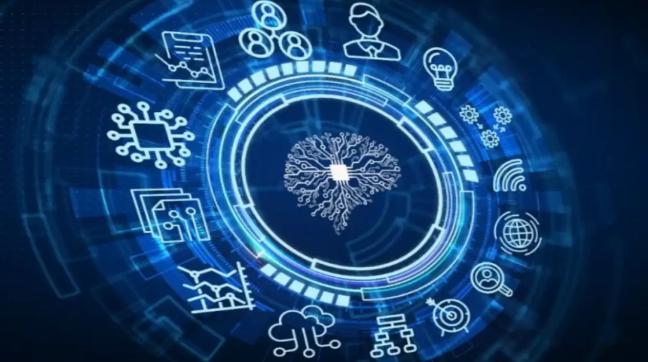A subfield of machine learning called “deep learning” uses artificial neural networks to learn from data in an attempt to mimic human learning. Artificial neural networks, inspired by the human brain, are versatile enough to tackle a wide array of issues from speech recognition to image recognition and natural language processing. The top 10 deep learning applications & use cases that are spurring innovation worldwide will be examined in this article.
- Autonomous Vehicle
Deep learning is crucial for self-driving cars, allowing them to interpret more-or-less simultaneous data streaming from sensors, cameras, and radar systems as they move through the world. Allowing real-time models to engage in split-second decisions, these models help vehicles identify pedestrians, traffic signs, and other vehicles so that safety is ensured. The companies working with these models are at the forefront of autonomous mobility, aiming for fewer accidents and more efficient transport through these means.
- Healthcare
In medicine, deep learning helps in disease diagnosis and treatment. Cancer, heart illness, and tumors are detected on the basis of medical images such as X-rays, MRIs, and CT scans evaluated with higher accuracy by algorithms. It is useful for drug discovery, remote health monitoring, and personalized medicine as well.
- Natural Language Processing (NLP)
Natural language processing is a significant feature of deep learning systems that work on text and speech interpretation. Natural language Processing serves certain applications like sentiment analysis, language translation, and customer support chatbots.
- Facial Recognition
Deep learning-based facial recognition systems essentially identify and verify individuals based on facial characteristics. Its uses for smartphones include a secure method for unlocking, for airports in passenger verification, and for public safety surveillance.
- Fraud Detection & Finance
Financial entities use deep learning in order to detect fraudulent transactions and cyber threats. These models conduct an agglomeration of data points numbering in the millions as patterns to flag an anomaly that might constitute identity theft, credit card fraud, or insider trading. This proactive approach helps protect the consumer and builds confidence in digital banking systems.
- Satellite Imaging and Earth Observation
Such deep learning technologies assist in analyzing satellite imagery for climate monitoring, urban planning, and disaster-management applications. It can track deforestation, glacial movement, or the magnitude of damage caused by a natural disaster.
7. In-Vehicle Personalization
Deep learning enhances the driving experience by adapting vehicle settings and features to individual preferences. These systems learn from driver behavior and environmental conditions to optimize comfort, convenience, and entertainment.
- Robotics and Industrial Automation
Robots with deep learning enable them to perform complex tasks such as object recognition, defect detection, and predictive maintenance in the manufacturing and logistics arenas. These intelligent systems decrease operating expenses, increase efficiency, and lessen human mistake. Robots powered by artificial intelligence are changing industrial processes, from precise assembly lines to warehouse automation.
- Predictive Maintenance
Predictive maintenance powered by deep learning helps industries anticipate equipment failures before they happen, minimizing downtime and reducing repair costs.
- Cybersecurity
To avoid hacking and illicit access, deep learning models detect anomalies in network traffic of an automobile. This role grows more and more critical as cars get more and more connected.
Conclusion:
From health care to cyber-security, applications of deep learning are serving as building blocks for the future of technology. This, in turn, shows the process by which AI is mixing itself in everyday life. With more applications being discovered, deep learning will be building smarter, safer, and more efficient systems for all sectors of economy.








